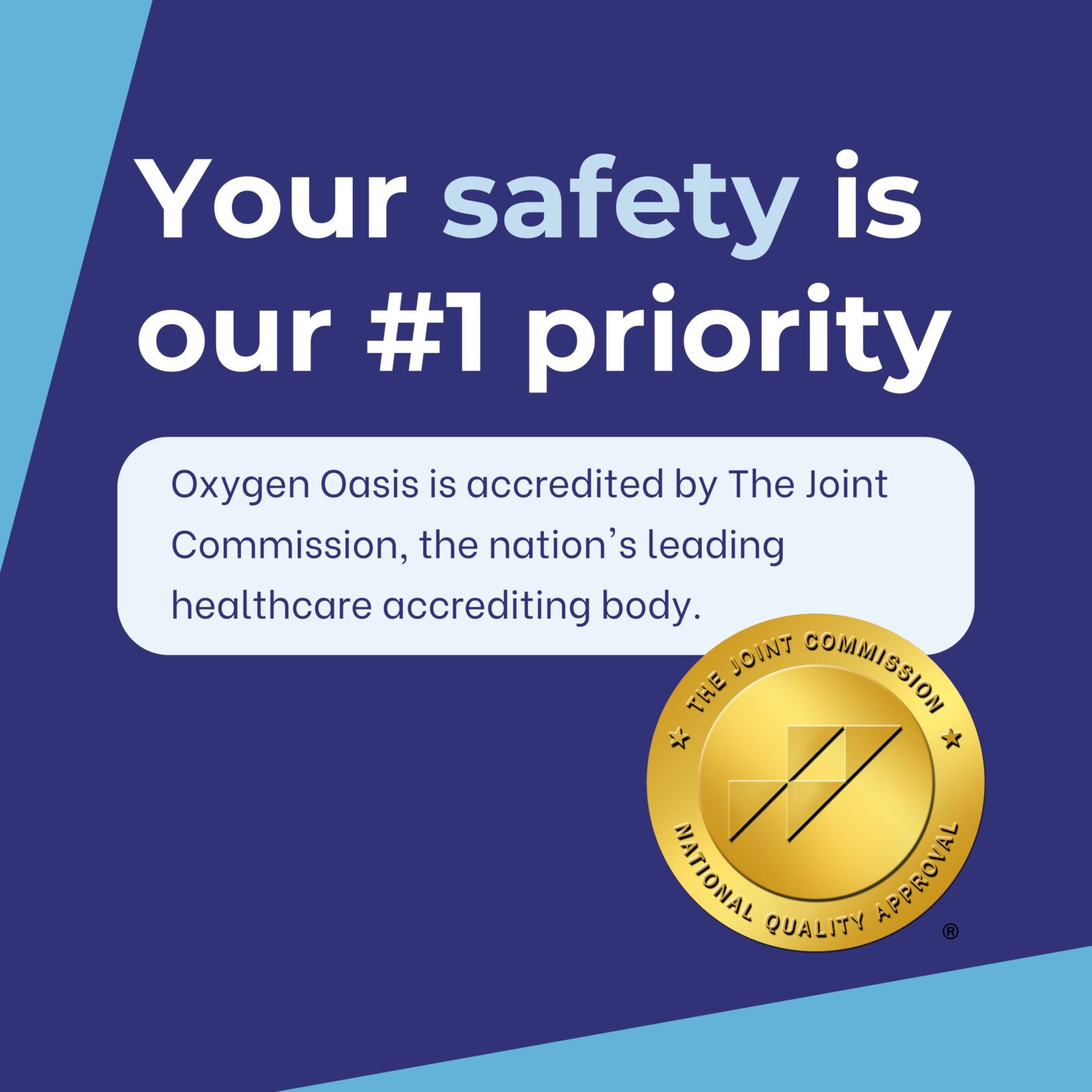
The Necessity of Safety in a Hyperbaric Oxygen Therapy Center: Choosing the Right Facility for Treatment
Hyperbaric Oxygen Therapy (HBOT) has gained recognition for its effectiveness in treating a range of medical conditions, from chronic wounds and decompression sickness to certain neurological disorders. However, for this treatment to be both effective and, most importantly, safe, it is essential that patients seek therapy at a facility that prioritizes patient safety, employs experienced professionals, and adheres to stringent standards. Below, we explore the importance of safety in a Hyperbaric Oxygen Therapy Center and offer guidance on how to choose the best center for treatment, ensuring it includes the necessary certifications and accreditations.
Why Safety is Crucial in a Hyperbaric Oxygen Therapy Center
Hyperbaric Oxygen Therapy involves administering pure oxygen in a pressurized environment. While this treatment is generally considered safe, it does carry certain risks that must be carefully managed. The use of pressurized chambers, oxygen-rich environments, and specialized equipment requires a high level of expertise to avoid complications.
Potential safety risks include oxygen toxicity, barotrauma (pressure-related injuries), and fire hazards—particularly because oxygen is highly flammable. To minimize these risks and ensure a safe experience, it is imperative that treatment is conducted at an accredited facility with experienced, well-trained professionals overseeing every aspect of care.
The Importance of Experienced Medical Leadership
One of the most important factors when selecting a Hyperbaric Oxygen Therapy Center is whether the facility is overseen by a qualified medical director. This individual should be a trained hyperbaric physician with experience in managing HBOT patients.
A medical director specializing in hyperbaric medicine ensures that care is tailored to the patient’s specific needs. They are adept at identifying which conditions benefit from HBOT and understanding when it may not be appropriate. Importantly, a properly trained medical director is well-versed in the latest safety guidelines, equipment standards, and patient protocols. This assures patients that they are receiving care from a knowledgeable, skilled, and up-to-date physician.
Certified Hyperbaric Technicians: Essential for Safe Treatment
Operating a hyperbaric chamber and administering therapy requires skilled personnel. Certified Hyperbaric Technicians/Specialists (CHTs/CHS) are key to ensuring the safe and efficient operation of the chamber and monitoring patients during treatment.
Certified hyperbaric technicians/specialists are trained to operate the hyperbaric chamber, monitor the patient’s condition, and respond to any emergencies or complications that may arise. They are also responsible for strictly following safety protocols and performing equipment maintenance to prevent malfunctions. The presence of certified CHTs/CHS ensures that patients receive the safest treatment possible.
Before choosing a facility, make sure to confirm that the hyperbaric technicians/specialists are certified by reputable organizations such as The American College of Hyperbaric Medicine (ACHM), the Undersea and Hyperbaric Medical Society (UHMS), or the National Board of Diving and Hyperbaric Medical Technology (NBDHMT). Certification ensures that technicians are properly trained to handle the complexities of HBOT and address any potential issues during treatment.
The Necessity of a Certified Safety Director
In addition to a medical director and certified technicians/specialists, a certified Safety Director is an essential staff member in a Hyperbaric Oxygen Therapy Center. The Safety Director plays a vital role in managing and overseeing all safety protocols and ensuring compliance with safety standards.
The Safety Director is responsible for monitoring the environment and ensuring that safety procedures are consistently followed, from equipment maintenance and operation to fire prevention measures and emergency response protocols. This role is crucial because the risk of fire or oxygen toxicity can be significantly reduced with a proactive, dedicated focus on safety.
Having a certified Safety Director on staff ensures that the facility is committed to safeguarding its patients. This individual should hold certifications from a recognized hyperbaric safety director training organization, such as Wound Care Education Partners or International ATMO, to confirm their qualification to oversee safety standards specific to hyperbaric oxygen therapy environments.
Accreditation: A Mark of Quality and Compliance
Accreditation from leading organizations such as The Joint Commission (TJC) or the Undersea and Hyperbaric Medical Society (UHMS) is one of the most important factors in choosing a Hyperbaric Oxygen Therapy Center. These organizations ensure that the facility adheres to the highest standards of care and safety.
An accredited facility guarantees that its equipment is up to date and well-maintained, its staff is properly trained, and all safety measures are in place. Accreditation also means the facility is regularly audited and evaluated, ensuring continuous improvement and compliance with industry standards. When a center holds this kind of accreditation, patients can rest assured that they are receiving care in a safe, high-quality environment.
Conclusion: Prioritize Safety and Expertise
In conclusion, safety is paramount when selecting a Hyperbaric Oxygen Therapy Center. To ensure the safest and most effective treatment, it is essential to choose a center managed by a medical director trained in hyperbaric medicine, staffed by certified hyperbaric technicians/specialists, and overseen by a certified Safety Director. Furthermore, the facility should be accredited by organizations such as The Joint Commission or UHMS. By prioritizing these critical factors, patients can enjoy the benefits of HBOT with peace of mind, knowing their treatment is being carried out under the highest safety standards. Always take the time to verify these qualifications and certifications before undergoing therapy to safeguard your health and well-being.